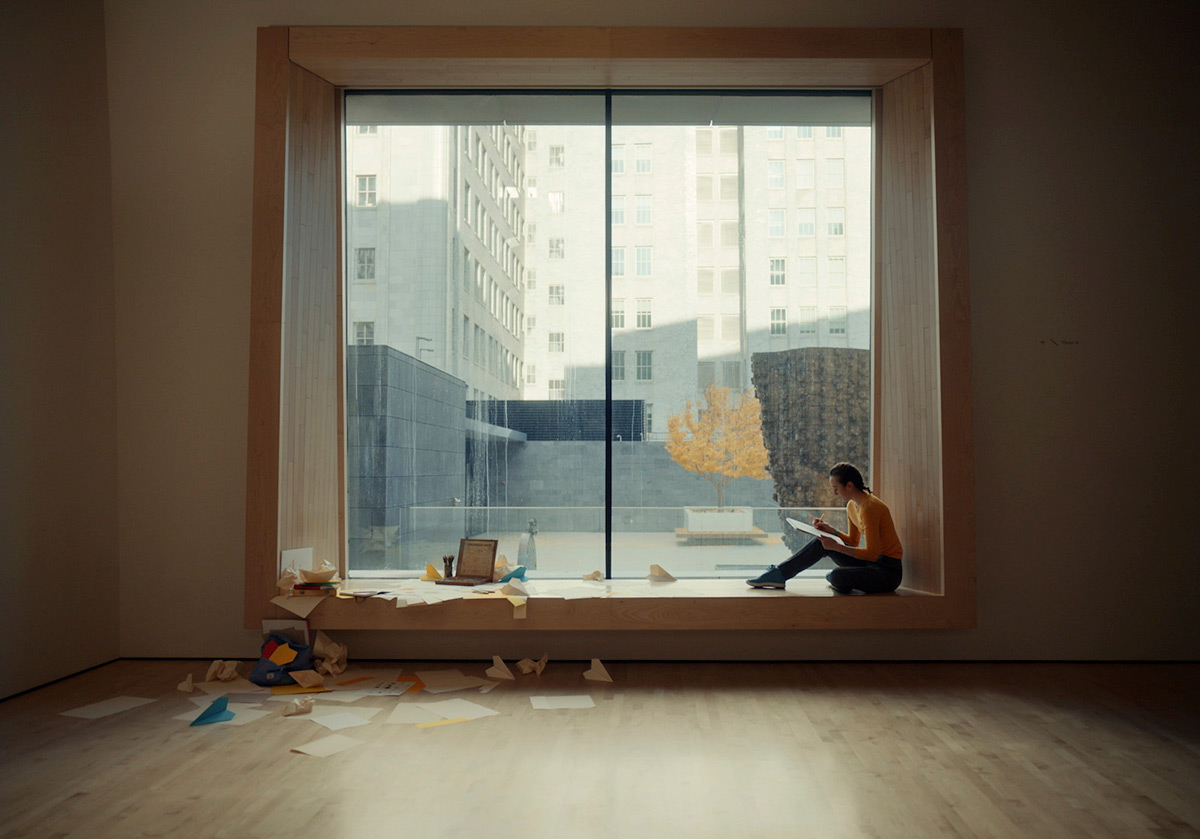
© San Francisco Ballet. (Click image for larger version)
San Francisco Ballet
Digital Program 02: Let’s Begin At The End, Colorforms, Sandpaper Ballet
★★★★★
19 February 2021, streaming on sfballet.tv until 3 March 2021
www.sfballet.org
San Francisco Ballet has seen a number of firsts in the past few months. First year (since 1944) where there were no live performances of the Nutcracker. A streamed gala. Opening night of an entirely digital season.

© San Francisco Ballet. (Click image for larger version)
Last week, there was another first, one I had been waiting for: the first mixed repertory program of 2021. I’m a fan of variety. Even if a particular one-act isn’t my cup of tea, these mixed bills always offer a breadth of choreographic vision while simultaneously highlighting the depth of talent within the company. And there’s usually one world premiere in the lot. Program 2 – Let’s Begin At The End, Colorforms and Sandpaper Ballet – more than lived up to my expectations. There was drama, joy, whimsy. A great night at the ballet, viewed from home of course.
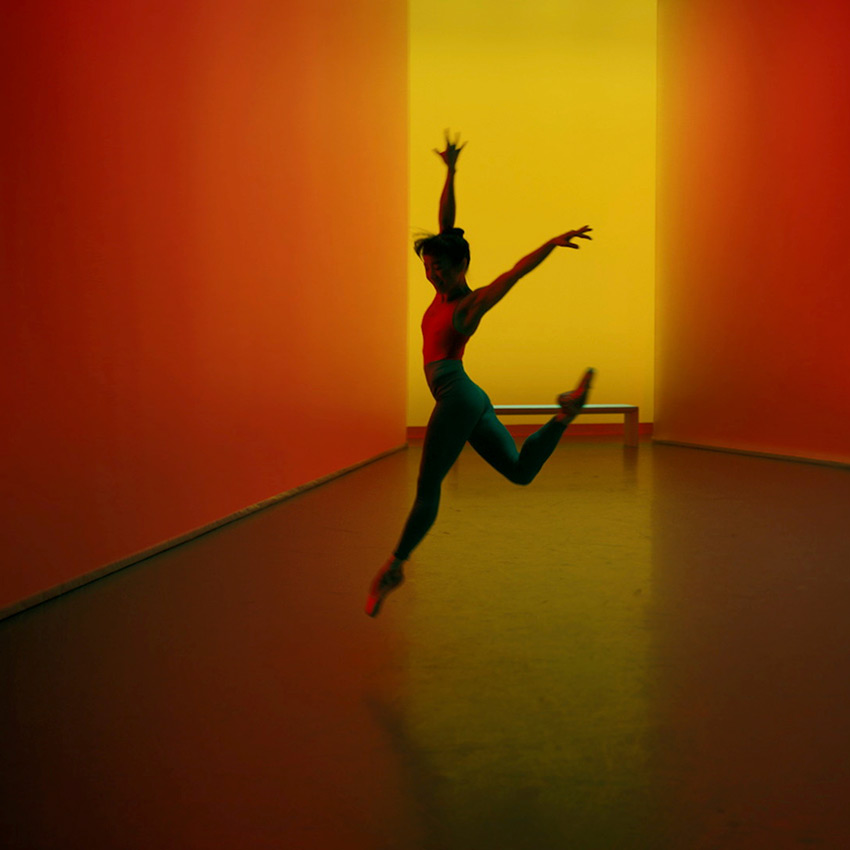
© San Francisco Ballet. (Click image for larger version)
As the curtain rose on Dwight Rhoden’s Let’s Begin At The End, I couldn’t shake a connection to Brutalist architecture. Not that the ballet was about this mid-century design movement, but there were several parallels. Alexander V. Nichols’ wall of large metal panels. Christine Darch’s grey, stone-like costumes. Most striking, however, was the tone of the piece. I’ve heard Brutalism, and its formidable structures of concrete permanence, described as truthful and forthcoming. Not pretending to be anything they aren’t. Rhoden’s Let’s Begin, which premiered as part of 2018’s Unbound Festival, does exactly that, unpacking human connection with honesty and realism. For fifteen dancers, the ensemble work tackles the good, the bad and everything in between, leaving the viewer to contemplate what it takes to be in a relationship. Trudging phrases signal difficulty. Huge dips where the head and neck are supported reflect attentive care. Dragged spins sigh with desperation while turning lifts dazzle with elation. A pas de trois mid-way through shows how circumstances can invade even the strongest of bonds. And repeated motifs point to the tendency to repeat patterns in relationships, whether healthy or destructive.
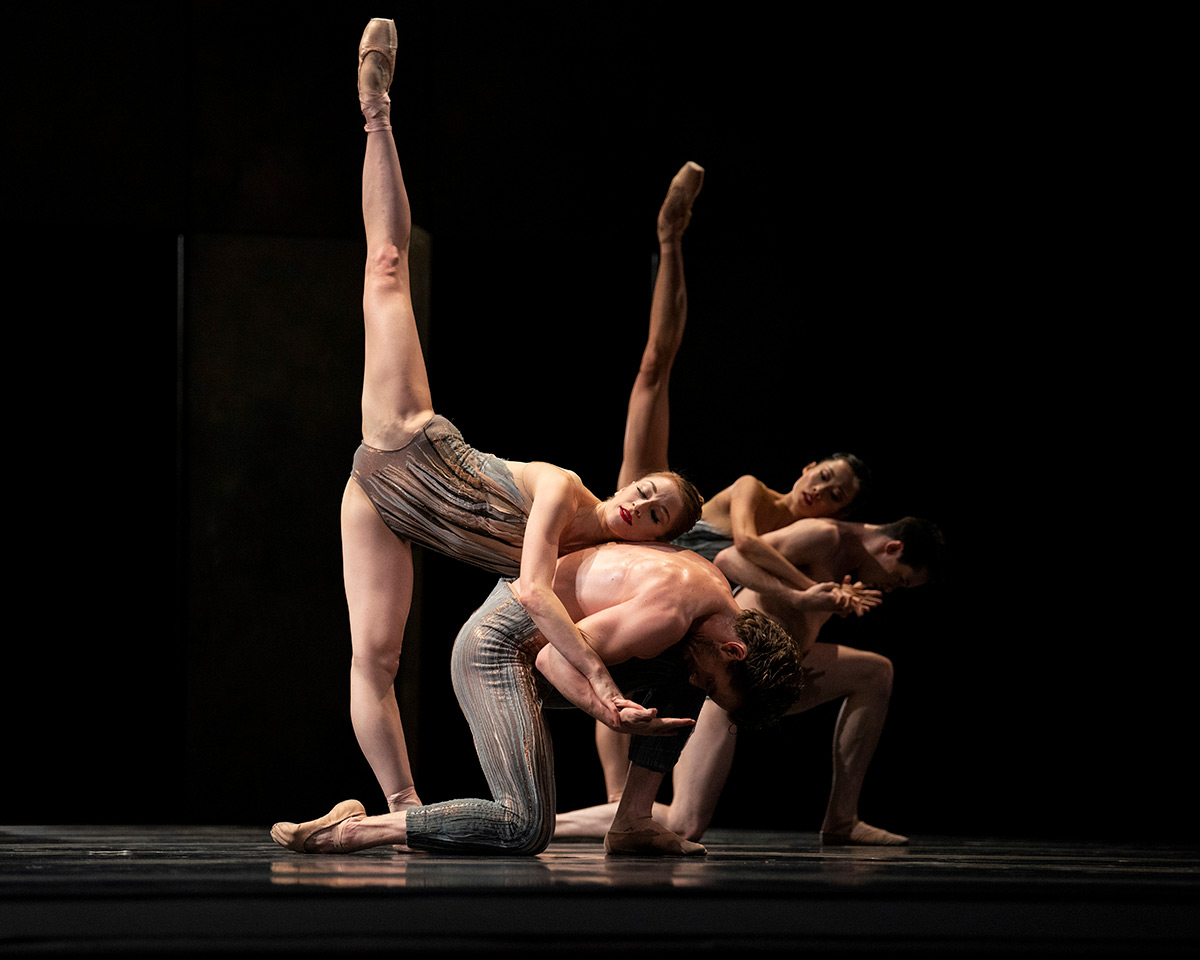
© Erik Tomasson. (Click image for larger version)
To say Myles Thatcher’s new dance film Colorforms is vibrant is an understatement. It’s buoyant. It’s ebullient. It is pure joy. Directed by Ezra Hurwitz and filmed primarily in and around the San Francisco Museum of Modern Art (SFMOMA), as well as a couple of outdoor locations, Colorforms has a youthful exuberance and community feel, akin to works by Jerome Robbins, or more recently, Justin Peck. Colorforms takes us into SFMOMA, where dancers are reacting to and engaging with the museum’s structure, shapes, objects and blocks of solid color. Patterns need not apply. Scenes cleverly toggle between two states. One moment, the dancers are wearing bright, stylized street clothing and sneakers (superb costume design by Susan Roemer). Solos, duets and quartets unfold, as do large sculptural pictures the cast creates together. But Thatcher wove another layer of existence through Colorforms. As you are watching the various chapters, suddenly things transform and shift from that first state into imagination land. Pointe shoes appeared and the same individuals, now in dancier attire, cycled through Thatcher’s blend of flowing and energetic choreography. Then, in the blink of an eye, Colorforms would return from whence it came. Like a fleeting vision or a glimpse into the casts’ dreams. These transformative episodes certainly provided a healthy dose of fantasy, but they also spoke of possibility, curiosity and playfulness. And there was a sense of invitation for the viewer to join in the camaraderie.
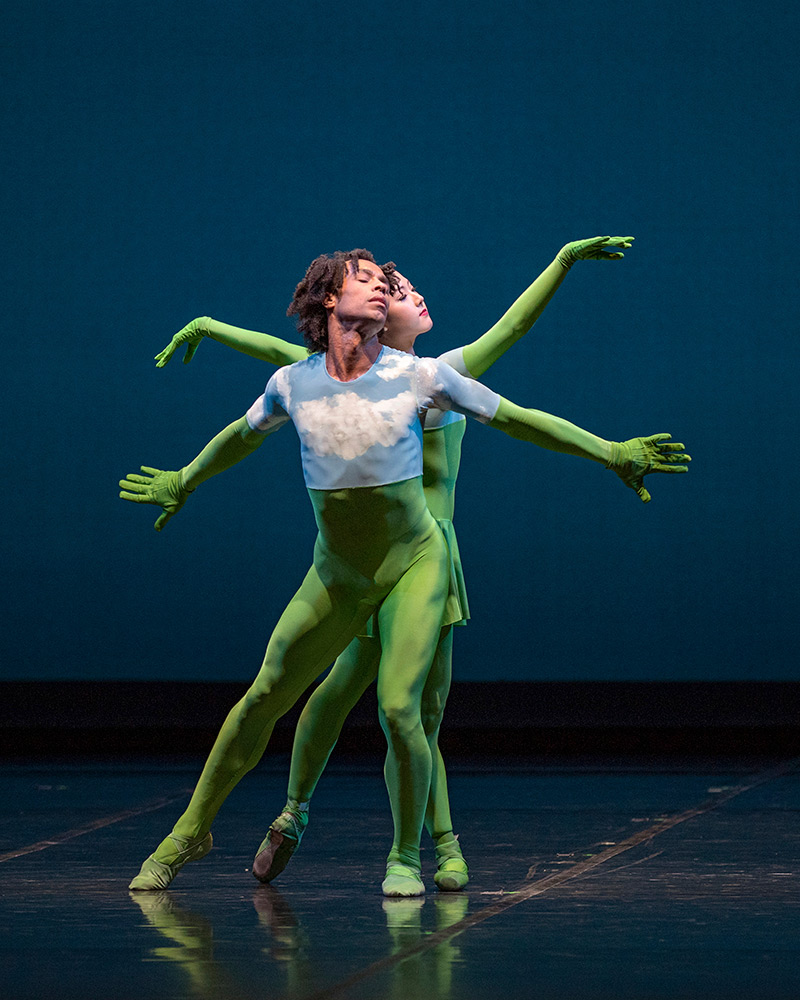
© Erik Tomasson. (Click image for larger version)
It’s understandable to characterize Mark Morris’ Sandpaper Ballet as pretty random. Green pointe shoes, costumes (by Isaac Mizrahi) complete with full-length gloves and eclectic Leroy Anderson musical selections like The Typewriter. Choreographically, moments of hard-core technique are surprisingly paired with dangling arms and casual step ball changes. A perception of randomness is totally valid, I just disagree. I don’t think Sandpaper Ballet is random at all. Look deeper and you will notice that it actually contains many constants, and they make the piece special. Created for SFB in 1999, the large ensemble work (25 dancers) is definitely quirky. No question. But underneath the caprice lies an essay of pattern construction and deconstruction. Throughout Sandpaper’s many chapters, the cast weaves in and out of lines, establishing and dismantling circuits with ease, confidence and humor. Dancers cross each other, creating a zipper effect. Circles appear out of nowhere and disappear just as quickly. Another constant is that some of the choreography begins in the wings. So when the cast arrives onstage, they are already aflame with intoxicating physicality. But the most important throughline of all is Morris’ dynamic marriage of movement styles. Classical ballet, jazz, pedestrianism, one sequence for the men even has a soft shoe flavor. Intricate petit allegro is peppered with staccato hip pulses. It all fits and it’s such fun.













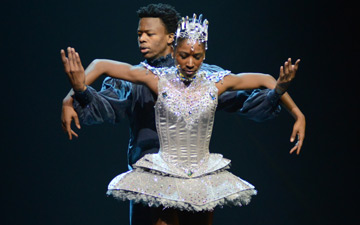

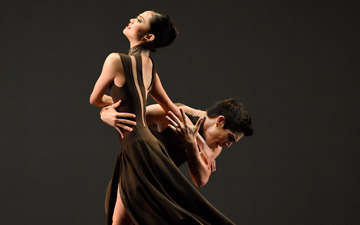
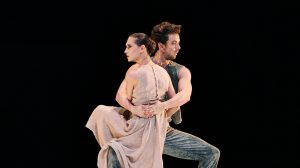
You must be logged in to post a comment.